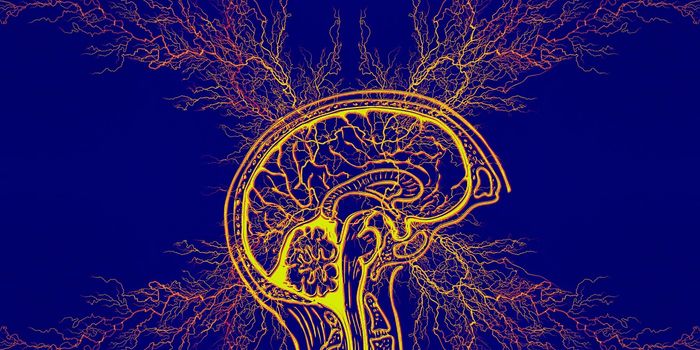Hearing Test Assessment by Measuring Dilated Eyes
A team of researchers led by Avinash Singh Bala from the Institute of Neuroscience at the University of Oregon in Eugene came up with an alternative way of hearing tests. The approach is being developed as a potential way to test hearing in babies, young adults with developmental disabilities and adults suffering from a stroke or illness----populations where direct responses are not possible.
The usual research done in the lab two decades ago focused on how barn owls process sounds, with the idea that such knowledge could lead to improved hearing devices for people. To test their hypothesis, the scientists used eye-tracking technology to examine the pupils of 31 adults, with an average age of 24 years old, who had no hearing loss. The experimenters used an infrared video camera to monitor the participants' pupils as they were taking a standard hearing test.
The participants were asked to press a button if they heard noises at the frequency of 1, 2, 4, and 8 kilohertz (kHz), respectively. During the test, the participants also had to gaze at a computer screen.
A dot appeared on the screen, followed by tones at random delays, which prevented the participants from predicting when they would hear the sound. When the participants saw the dot turning into a question mark on the screen, they had to indicate if they had heard the sound or not.
The researchers found that pupils started to dilate at about 0.25 of a second about one-quarter of a second of the sound stimulus. The swiftness of the response, Bala said, allowed the team "to see and establish causality."The results of their experiments appear in the Journal of the Association for Research in Otolaryngology.








